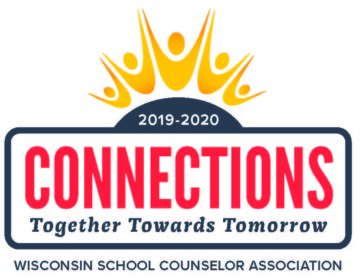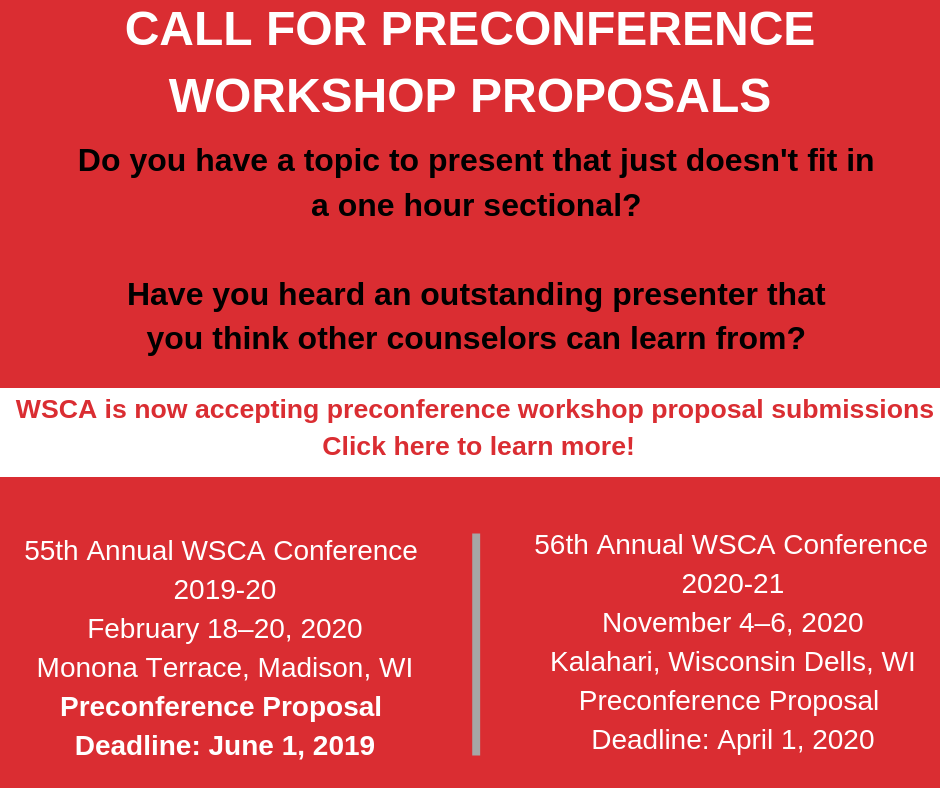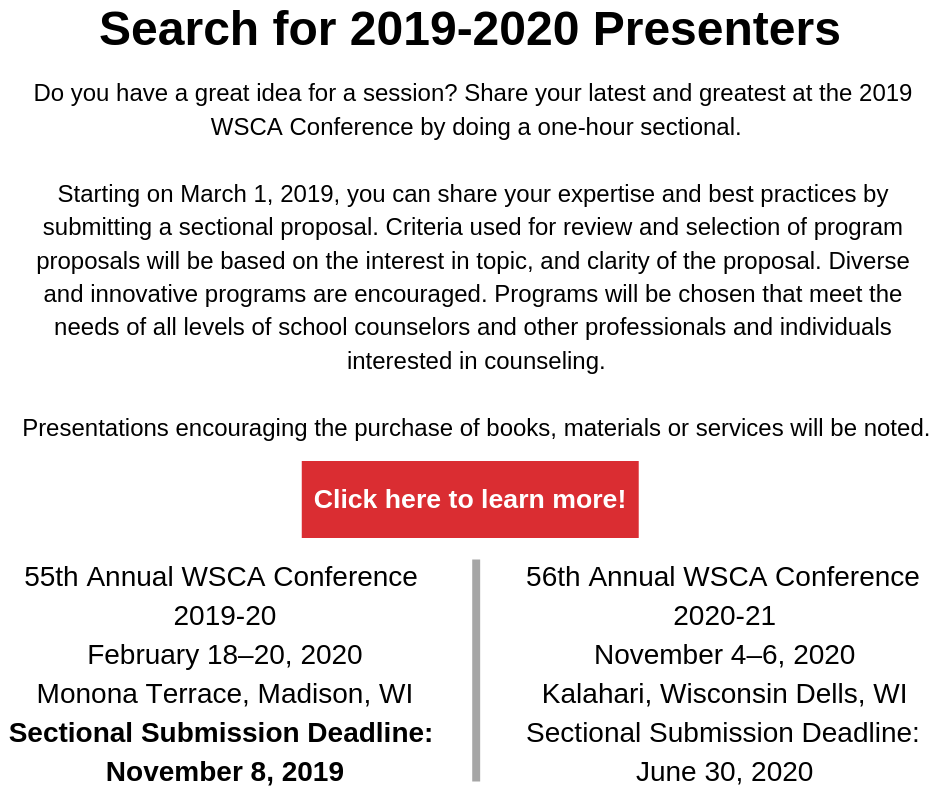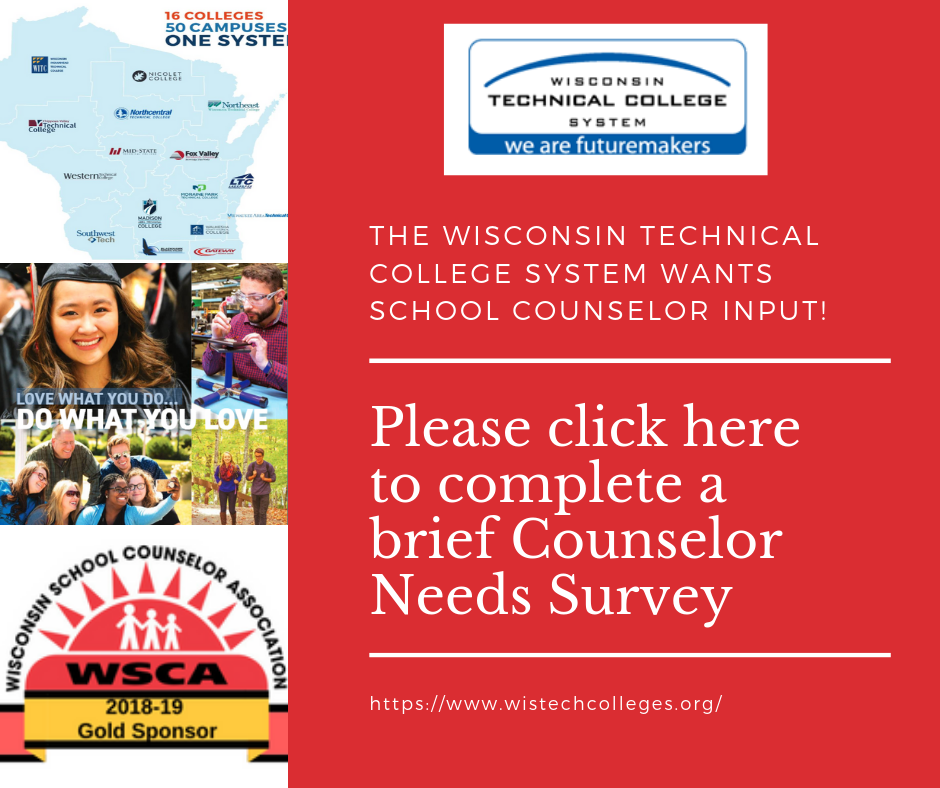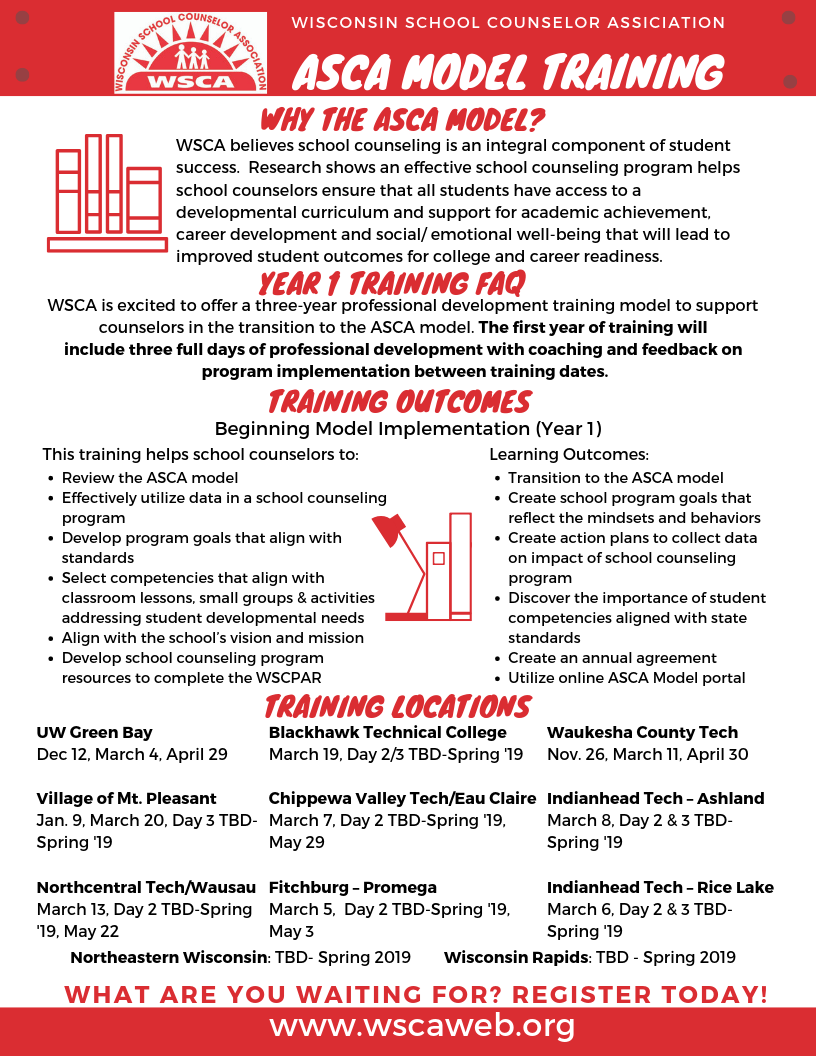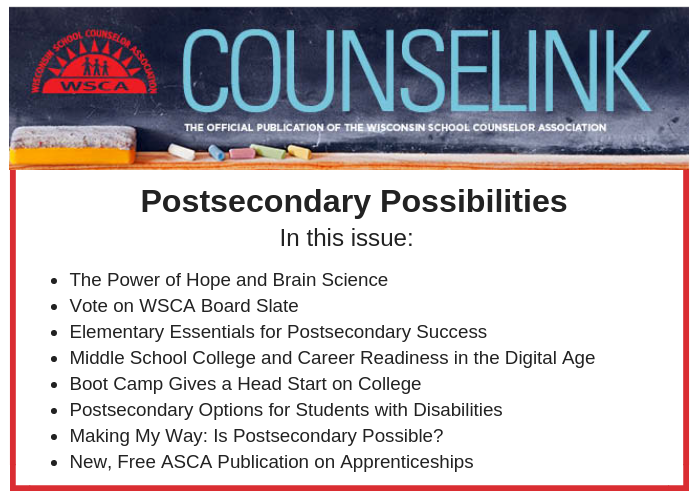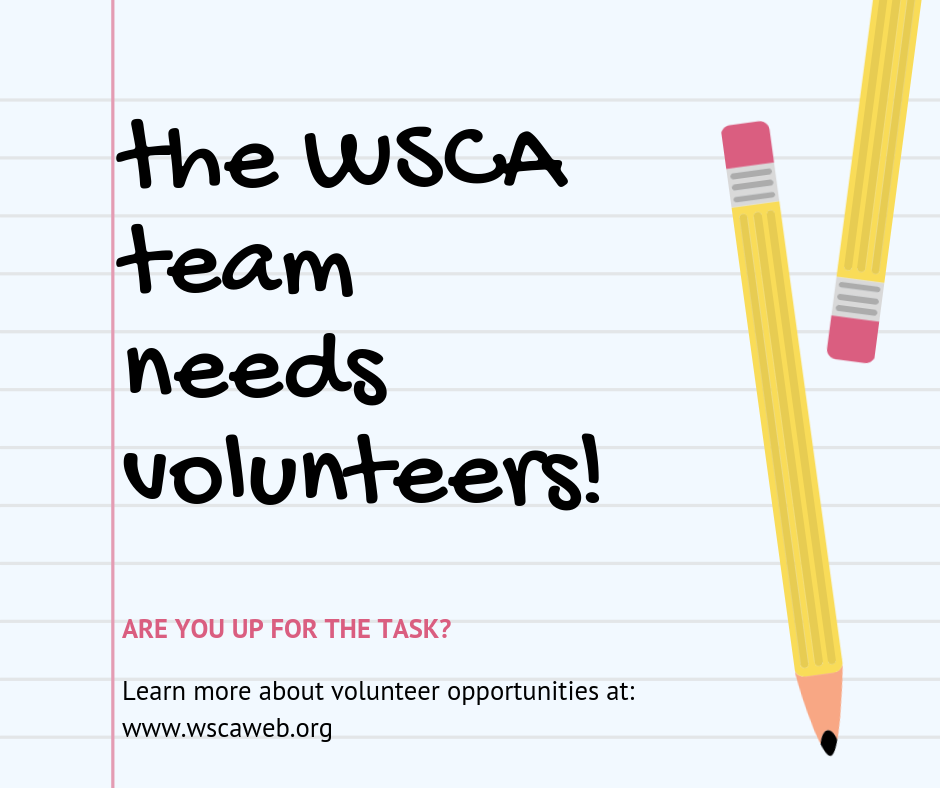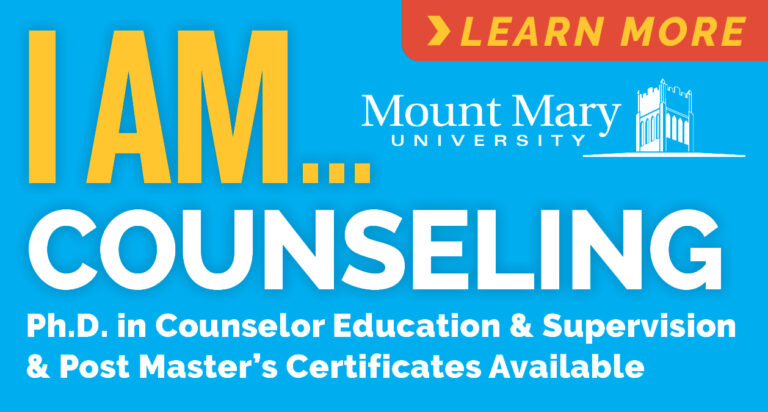March 2019

In This Issue:
A Message from DPI: Helping Homeless Students Succeed: Info and Resources for Counselors
A Message from the WSCA Board – SEL
A Message from the WSCA Board – Special Board Meeting Update: WSCA Nominations Slate
Feature Article: Social Emotional Learning, One District’s Journey to Implementation
FAFSA Student Level Data – WISEdash for Districts
Legislative Update – Action Needed: BUDGET Update
2019-2020 Conference: Call for Presenters
WI Technical College Survey
ASCA Helpful Tips – ASCA Model Training
Counselink
Summer Academy and Fall Summit
WSCA Volunteers Needed
WSCA Leadership Academy
A Message from the the DPI
Helping Homeless Students Succeed: Info and Resources for Counselors
Guest Authors: Kristine Nadolski & Karen Rice; State Co-Coordinators for the Education of Homeless Children and Youth Program
Counselors play an important role in understanding The McKinney-Vento Homeless Assistance Act, as well as the foster care provisions in Title I of the Every Students Succeeds Act to support students experiencing homelessness and students in out-of-home care (i.e., foster care). Counselors should collaborate with homeless liaisons and foster care points of contact to ensure an understanding of financial aid opportunities, as well as work with homeless liaisons and foster care points of contact on credit accrual and supporting academic success.
Three Things School Counselors Can Do to Help Students Experiencing Homelessness and Students in Out-of-Home Care
Adapted from SchoolHouse Connection
Youth under age 24 who are experiencing homelessness or in out-of-home care may assume that they cannot pursue higher education because of their financial status and lack of parental support. They are unlikely to know they have a special status on the FAFSA that allows them to apply for aid on their own. Let them know they can apply for financial aid without a parent’s signature or financial information, and the importance of completing the FAFSA as early as possible.
Under the Higher Education Act, school district homeless liaisons, directors (or their designees) of Department of Housing and Urban Development (HUD) and Runaway and Homeless Youth Act (RHYA) shelters, and financial aid administrators are authorized to verify an unaccompanied homeless youth’s independent status. Nonetheless, unaccompanied homeless youth and youth in out-of-home care may face barriers related to documentation of their homeless or out-of-home care status.
- Let youth know about the FAFSA
- Under the McKinney-Vento Act, school district homeless liaisons are required to ensure that unaccompanied homeless youth are informed of their status as independent students for the FAFSA and receive assistance to verify their homelessness. Liaisons should work with school counselors to inform all unaccompanied homeless youth that they can apply for financial aid as an independent student.
- Youth who were in out-of-home care at any time after age 13 are considered independent students on the FAFSA. Case managers and district foster care points of contact working with youth in out-of-home care or former youth in out-of-home care should let them know that they can apply for financial aid as an independent student.
- Help youth complete the FAFSA
- Completing the FAFSA is challenging for many students due to its complexity and length. It may be especially difficult for youth who are in crisis and/or may not have supportive adults in their lives.
- Remove documentation barriers related to the FAFSA
- Use a sample form letter to determine the independent student status of unaccompanied homeless youth or youth in out-of-home care. Here is a sample letter for the 2019-2020 FAFSA (downloadable as a Microsoft Word document). This letter may be edited as appropriate for your school district.
- Maintain copies of determination letters in case students lose them due to frequent moves.
- Inform unaccompanied homeless youth that liaisons and service providers can continue to make determinations of their status in subsequent years if they have enough information about their living situation; otherwise, youth will need to obtain a determination from the financial aid administrator at their school.
Resources for Counselors:
Quick Guide for Counseling Staff Working with Students Experiencing Homelessness
Youth Homelessness and Higher Education: An Overview
Pathways to Partnership: Higher Education
Access to Higher Ed for Students Experiencing Homelessness
Scholarships for students experiencing homelessness:
SHC Youth Leadership and Scholarship Program
NAEHCY Scholarship Fund
Professional Development Opportunities:
Understanding Financial Aid Practice and Policy for Unaccompanied Homeless Youth
School Counseling Staff and Students Experiencing Homelessness: Tips and Strategies to Get to Graduation
Getting to Graduation: Strategies to Award Partial Credits, Recover Credits, and Award High School Diplomas for Students Experiencing Homelessness
National Resources:
SchoolHouse Connection
National Center for Homeless Education
National Association for the Education of Homeless Children and Youth (NAEHCY)
Wisconsin DPI Education for Homeless Children and Youth (EHCY)
NAEHCY Higher Ed Helpline: 855-446-2673
Sign up to receive the DPI EHCY eBrief, which often includes resources and tips for counselors to support students experiencing homelessness:
https://docs.google.com/forms/d/e/1FAIpQLSeBLL9F77TejsbpEBuB0AXXXoZY3o-Cim9bZuMueZVQWPjtNQ/viewform
For questions or more information about supporting students experiencing homelessness, please contact the EHCY State Coordinators Kristine Nadolski (kristine.nadolski@dpi.wi.gov) or Karen Rice (karen.rice@dpi.wi.gov).
For questions or more information about supporting students in Out-of-Home Care, please contact the State Foster Care Points of Contact, Kyle Peaden (william.peaden@dpi.wi.gov) or Julie Majerus (julie.majerus@dpi.wi.gov).
A Message from the WSCA Board of Directors
Social Emotional Learning
Laura A. Multer, WSCA Board Member
I hope many of you feel as excited as I am about the increased focus on social and emotional learning in Wisconsin. As defined by DPI, social and emotional learning is the process through which children and adults acquire and effectively apply the knowledge, attitudes, and skills necessary to understand and manage emotions, set and achieve positive goals, feel and show empathy for others, establish and maintain positive relationships, and make responsible decisions.
While SEL has long been a main focus of our work as school counselors, we also know that collaboration is key for successful social emotional learning to take place. Our leader at the Department of Public Instruction, Dr. Gregg Curtis said it so succinctly in his message Bits and Pieces as We Gaze Ahead in the January WSCAlink, it is our role to serve as leaders in our district with regard to Social and Emotional Learning (SEL). He also pointed out that as leaders, we can see that SEL is not implemented in a silo but integrated with efforts to improve school climate and safety, student mental health and academic and career planning implementation. We are in the unique position to see the big picture and how multi-tiered systems of support can be can be aligned with universal SEL efforts.
SEL instruction has been shown to improve student academic outcomes, increase prosocial behaviors and reduce stress. The essential skills, sometimes referred to “soft skills”, that students develop as a result of SEL instruction are what employers demanding. Therefore, SEL is a key component of Academic and Career Planning. School counselors are poised to play a central role in highlighting the connections and the integration of all of these efforts. ASCA clearly states our role in social/emotional development in the position statement The School Counselor and Social/Emotional Development (Adopted 2017) .
We are seen as leaders, in SEL implementation, by our stakeholders. Therefore we must embrace the challenge of leading the way. This is where WSCA comes in. WSCA exists to empower us as professional school counselors to serve as leaders in our buildings, our districts and throughout the state as advocates for students. As an organization, we provide quality professional development opportunities via our annual conference, fall summit, summer academy and other training opportunities. Take a moment to view WSCA’s Goals (ENDS policies) to see how our organization supports our work as leaders in SEL and more.
~Laura A. Multer
WSCA Board Member
A Message from the WSCA Board of Directors
WSCA Special Board Meeting: Update: Board Slate
Olin Morrison, WSCA Nominations & Elections Chairperson
Recently, the WSCA Board of Directors held a special meeting to address a violation of our Bylaws. The Nominations & Elections Committee put forth a slate of candidates that was in violation of our policies related to board candidate qualifications. The slate that was put forth to members included Megan Williams, who is in her second year as a school counselor. According to our bylaws, candidates for the WSCA Board of Directors must have three years of experience as a school counselor. In our special meeting to address this violation, four things were determined:
- The violation of our WSCA Bylaws was made in err and not intentional.
- Despite not having a full three years experience as a school counselor, the WSCA Board of Directors continues to have confidence in Megan’s ability to successfully serve as a Director.
- As a result of number 2, the WSCA Board voted to knowingly be in violation of our bylaws and proceed with the slate of candidates put forth to and approved by membership.
- Transparency is key. It was important to our board that we publicly acknowledge our mistake, and communicate our plan for addressing it to our membership.
It should be mentioned that being in violation of our bylaws is not a condition the WSCA Board of Directors wishes to repeat; therefore, the Nominations and Elections Committee is taking steps to ensure that this mistake will not be made again. If you have any questions or concerns, please direct them to board@wscaweb.org
“Social Emotional Learning: One District’s Journey to Implementation”
By Janet Pliner and Alyssa Pon-Franklin, Oregon School District
Daniel Goleman, a psychologist specializing in emotional intelligence, states, “Teachers need to be comfortable talking about feelings. This is part of teaching emotional literacy – a set of skills we can all develop, including the ability to read, understand, and respond appropriately to one’s own emotions and the emotions of others.” This quote parallels ASCA’s direction that comprehensive counseling programs include social/emotional development for students. 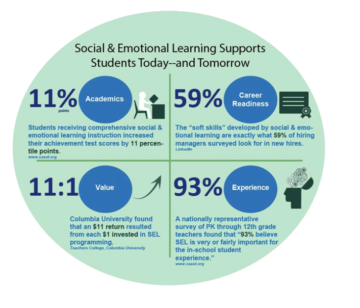 Social and emotional learning (SEL) is defined as the process through which children and adults understand and manage emotions, set and achieve positive goals, feel and show empathy for others, establish and maintain positive relationships, and make responsible decisions (CASEL, 2017). Data shows that SEL “helps children succeed in school and life, manage their feelings,build healthy relationships, navigate social environments, and develop the skills needed to prepare them for the world” (DPI).
Social and emotional learning (SEL) is defined as the process through which children and adults understand and manage emotions, set and achieve positive goals, feel and show empathy for others, establish and maintain positive relationships, and make responsible decisions (CASEL, 2017). Data shows that SEL “helps children succeed in school and life, manage their feelings,build healthy relationships, navigate social environments, and develop the skills needed to prepare them for the world” (DPI).
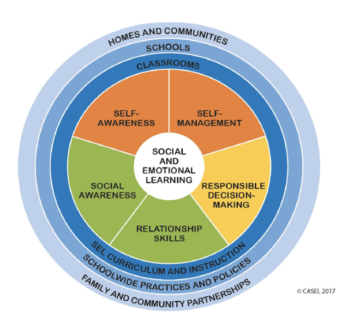 DPI lays out five key SEL competencies: Self-awareness, self-management, responsible decision-making, relationship skills, and social awareness. Through SELcurriculum and instruction, schoolwide practices and policies, and family and community partnerships, we can help students develop key skills that will help them be successful in their lives. However, what does effective, quality SEL look like?
DPI lays out five key SEL competencies: Self-awareness, self-management, responsible decision-making, relationship skills, and social awareness. Through SELcurriculum and instruction, schoolwide practices and policies, and family and community partnerships, we can help students develop key skills that will help them be successful in their lives. However, what does effective, quality SEL look like?
While we don’t profess to know all the answers, here are some things we have learned through the implementation process this year. In Oregon, we are fortunate to have social-emotional coaches to help us in this work. For the purposes of this article, we will focus on grades 5-12. In Grades 5-8, we utilize Second Step for our SEL content. At the high school, we have created our own lessons thus far using a variety of resources. While our SEL curricula are being taught in a separate homeroom-style period currently, our goal is to have these SEL skills taught and reinforced throughout the day.
One of the important structural elements of SEL is a consistent schedule. At our 5th/6th building (RCI), we created a weekly class period called NEST (Never Ending Support Team). During this 42 minute period, teachers help deliver SEL to smaller groups of students. We incorporated Second Step into a Developmental Designs’ Circle of Power and Respect format. Each lesson starts with agreeting; the purpose of the greeting is to set a positive tone for the day and to help students learn the skill of greeting others in social encounters.
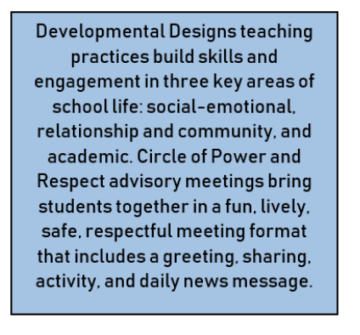 They greet their classmates in a variety of ways, such as giving high fives, greeting the person to their left and right, etc. The students then share their answers from a prompt they read and were asked to think about as they entered the classroom. Shares can be whole group in a circle, small group, or partner. Then the learning targets (objectives) are shared and the Second Step lesson is taught. After the lesson, the students end with an activity or game (which isn’t always related to the lesson) as a way to build community. Overall, the nesting of the Second Step lesson into the Circle helps to create a more encompassing, community-building experience for our students.
They greet their classmates in a variety of ways, such as giving high fives, greeting the person to their left and right, etc. The students then share their answers from a prompt they read and were asked to think about as they entered the classroom. Shares can be whole group in a circle, small group, or partner. Then the learning targets (objectives) are shared and the Second Step lesson is taught. After the lesson, the students end with an activity or game (which isn’t always related to the lesson) as a way to build community. Overall, the nesting of the Second Step lesson into the Circle helps to create a more encompassing, community-building experience for our students.
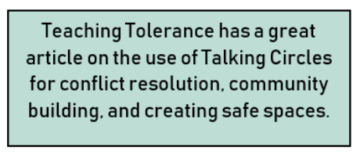 At the middle school (7th/8th), there is a slightly different format. We have a daily 20-minute Connections time between 3rd and 4th hour. As a lead-in to the lesson, Mondays are community circle days. The talking circle prompts lead into Tuesday’s Second Step lesson, prepping the students for the topic. (Second Step has some great circle prompts available in a link on their lesson plans). Wednesdays are left at the discretion of Connections staff, in case teachers need more time, want to follow-up on something discussed, or want to close the lesson in another way. They can also utilize it as choice-time if they feel the topic has been sufficiently covered. The other days may involve independent reading, club meetings or other offerings.
At the middle school (7th/8th), there is a slightly different format. We have a daily 20-minute Connections time between 3rd and 4th hour. As a lead-in to the lesson, Mondays are community circle days. The talking circle prompts lead into Tuesday’s Second Step lesson, prepping the students for the topic. (Second Step has some great circle prompts available in a link on their lesson plans). Wednesdays are left at the discretion of Connections staff, in case teachers need more time, want to follow-up on something discussed, or want to close the lesson in another way. They can also utilize it as choice-time if they feel the topic has been sufficiently covered. The other days may involve independent reading, club meetings or other offerings.
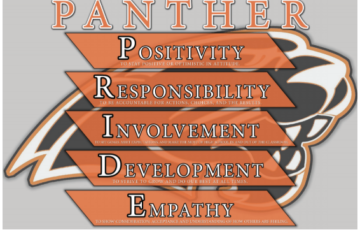 At the high school (9th-12th), we are currently meeting in Advisories twice per month, as we work to determine the best frequency for our students. Our Advisory team has worked to tie SEL into our PBIS practices. One of the key pieces in this process has been student voice. A team of students met with our SEL Coach and Associate Principal over the summer to develop our Panther PRIDE model. The students came up with the PRIDE values, and their voice has been an integral part of our Panther PRIDE/ SEL lessons: vetting activities, topics, and discussion starters, and sharing their own ideas for ways to engage their peers.
At the high school (9th-12th), we are currently meeting in Advisories twice per month, as we work to determine the best frequency for our students. Our Advisory team has worked to tie SEL into our PBIS practices. One of the key pieces in this process has been student voice. A team of students met with our SEL Coach and Associate Principal over the summer to develop our Panther PRIDE model. The students came up with the PRIDE values, and their voice has been an integral part of our Panther PRIDE/ SEL lessons: vetting activities, topics, and discussion starters, and sharing their own ideas for ways to engage their peers.
Overall, one of the key pieces to successful SEL implementation is teacher buy-in. Any time that a building implements a new initiative, it can be difficult to get all staff on board. We recognize that SEL lessons are essentially another prep for teachers. However, it is important to focus on the benefits and the rationale: why SEL is important for students, how it can help school climate, and what SEL can do for our school. In our PD sessions, we modeled Second Step lessons for teachers, walking them through a lesson as participants. This helped them to see the ease of implementation and answered a lot of their questions.
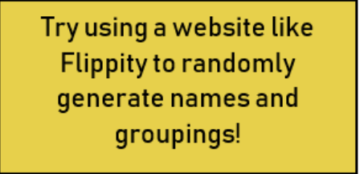 The flexibility of the lessons has helped as well; staff can lead the lessons as written, or they can choose to personalize them to the needs of their class. If a teacher doesn’t feel that an activity will go over well with their students, our coaches will help them come up with another method of hitting the learning target(s).
The flexibility of the lessons has helped as well; staff can lead the lessons as written, or they can choose to personalize them to the needs of their class. If a teacher doesn’t feel that an activity will go over well with their students, our coaches will help them come up with another method of hitting the learning target(s).
SEL can seem overwhelming, especially on top of our already-full lists of responsibilities. However, through systemic implementation, empowering teachers, and student voice, it can help our students learn key skills like self-regulation, perseverance, communication, and distress tolerance (making our jobs easier!).
For further resources, check out:
DPI’s Social Emotional Learning
ASCA’s Position Statement on Social Emotional Learning
WSCA & REACH HIGHER ADVOCACY lead to School Counselor access to FAFSA student level data in DPI WISEdash for Districts Portal!!!
WISEdash (FOR DISTRICTS) FAFSA® Dashboard
About the Data
The Free Application for Federal Student Aid (FAFSA®) is a federal program through the US Department of Education whereby students can apply for federal financial aid for college (Please visit the FAFSA website for more information).
In an effort to encourage students to apply, the Department of Education gives states limited accessibility to data in the form of FAFSA application status of high school students which allows school counselors to help and encourage future graduates to take advantage of this program. To this end, DPI works with the Wisconsin Higher Education Aids Board (HEAB) to receive such student data via a data sharing agreement and passes that data onto districts through WISEdash for Districts.
How can this data be used?
FAFSA data does not belong to the Wisconsin Department of Public Instruction. It belongs to the US Department of Education and is licensed to HEAB under the restriction that it is only used to encourage and help students submit the FAFSA Application. Wisconsin is licensed to use the data from HEAB provided DPI can make the same agreement with districts. DPI can pass this data onto districts provided that districts also comply with these same restrictions. For aggregate data that is available publicly please visit FAFSA Completion by High School and Public School District.
If you have a legitimate educational need to use this data in your district please use the District ASM Security Administrators lookup to request access to WISEdash for Districts and/or specifically the Detail FAFSA Access role from your District Security Administrator and/or the Application Administrators in your district. This link will also provide a list of applications that are available through Secure Home.
For more information on Secure Home, ASM, and WAMS please visit DPI’s Secure Home Information page. If you need help creating a WAMS ID please review the WAMS Quick Start Guide for information and instructions. If you have questions or need help with assigning access please submit a Help Ticket.
FAFSA Dashboard
For those users with approved access, the FAFSA dashboard can be seen under the Postsecondary topic area. The summary dashboard displays a bar graph for all 12th grade students and categorizes them into FAFSA filing status:
Not Started – No FAFSA application has been received by the US ED
In Process – A FAFSA application has been started but not finished
Completed – A FAFSA application is complete
Data is only displayed for the latest Financial Aid Application Year for which data is available. Financial Aid Application Year is the year for which the student is applying for funds. This is -typically- one year after the current school year. For students that are in 12th grade in 2018-19, the FAFSA School Year for which they will likely apply for college would be 2019-20. Like other dashboards, the user can drill down into the student detail, disaggregate by standard demographics, use filters and compare the FAFSA completion rates for the various groups with the state. During late winter and spring, fresh FAFSA data is received from HEAB every week and data is joined with current 12th grade enrollment data (from WISEdata) every night.
Check out the WISEdash (FOR DISTRICTS) FAFSA® Dashboard website for more details!
https://dpi.wi.gov/wisedash/districts/about-data/FAFSA
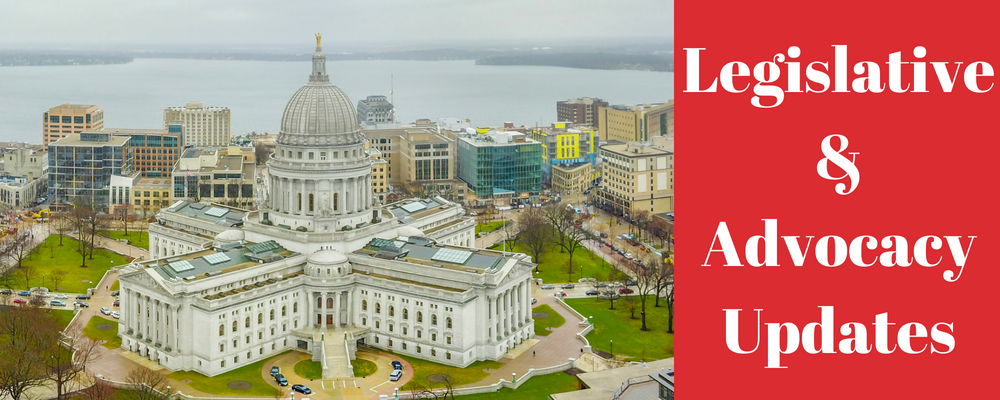
Wisconsin State Governor, Tony Evers, released his budget proposal on February 27, 2019. There are many funding proposals for public education that will potentially increase school revenues to hire more school counselors and provide more resources to schools. Of particular note is the following proposal that WSCA has been advocating for since the 2017-2019 budget.
Increase funding to address the need for access to mental health services for school-age youth as follows: (a) $22,000,000 GPR in each year to expand the mental health categorical aid program to include reimbursement for expenditures for any school-based pupil services in schools; (b) $7,000,000 in each year to increase the number of school-based mental health collaboration grants provided; (c) $2,580,000 in each year to expand training for school personnel in various mental health interventions; and (d) $150,000 in each year for data system to store results of the youth risk behavior survey. In addition, support the Department of Public Instruction’s administration of these programs by providing $72,100 GPR in fiscal year 2019-20, $95,500 GPR in fiscal year 2020-21 and 1.0 FTE GPR position in each year.
We encourage Wisconsin School Counselors to contact your legislators in support of this specific funding proposal. It is critical that your representatives hear your story and the work you are doing every day to support students with mental health concerns.
The Wisconsin Public Education Network has a wide range of resources on how the average citizen can get involved in the state budget process. We encourage you to use these resources to contact your state representative today!
Look for WSCA additional advocacy alerts as the state budget continues through the legislative Joint Finance Committee.
Click here for more information on the Wisconsin state budget.



